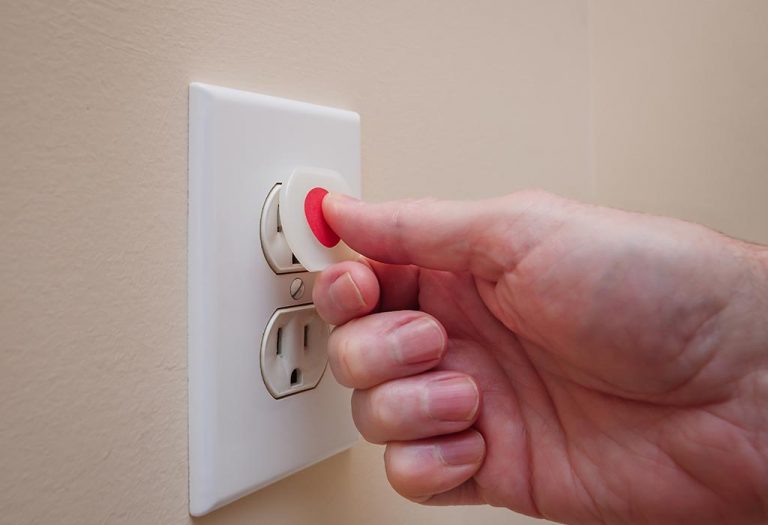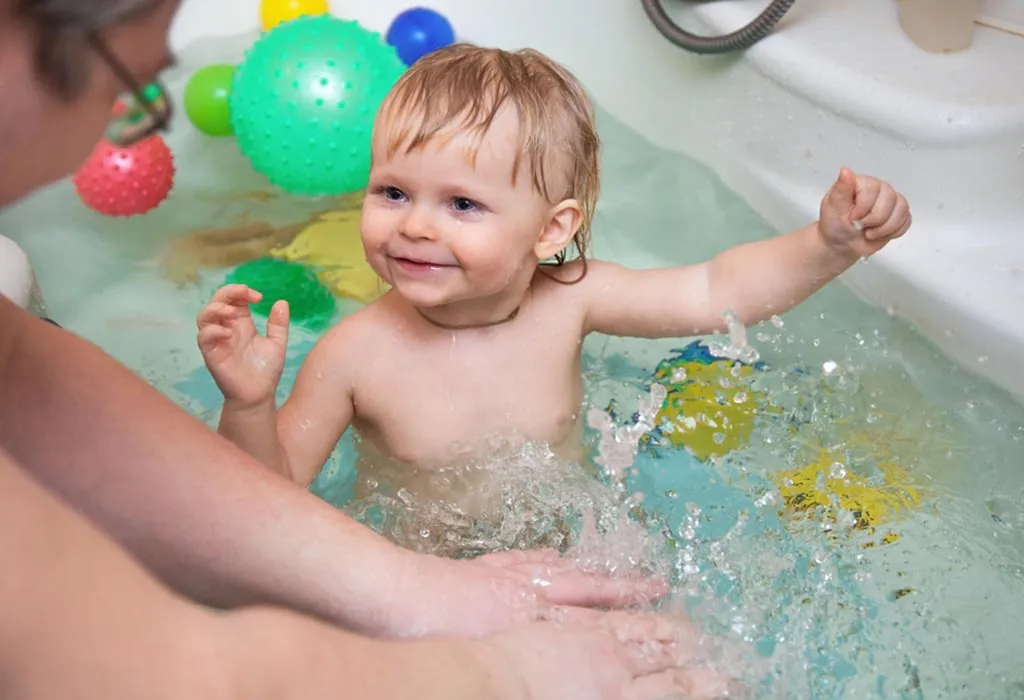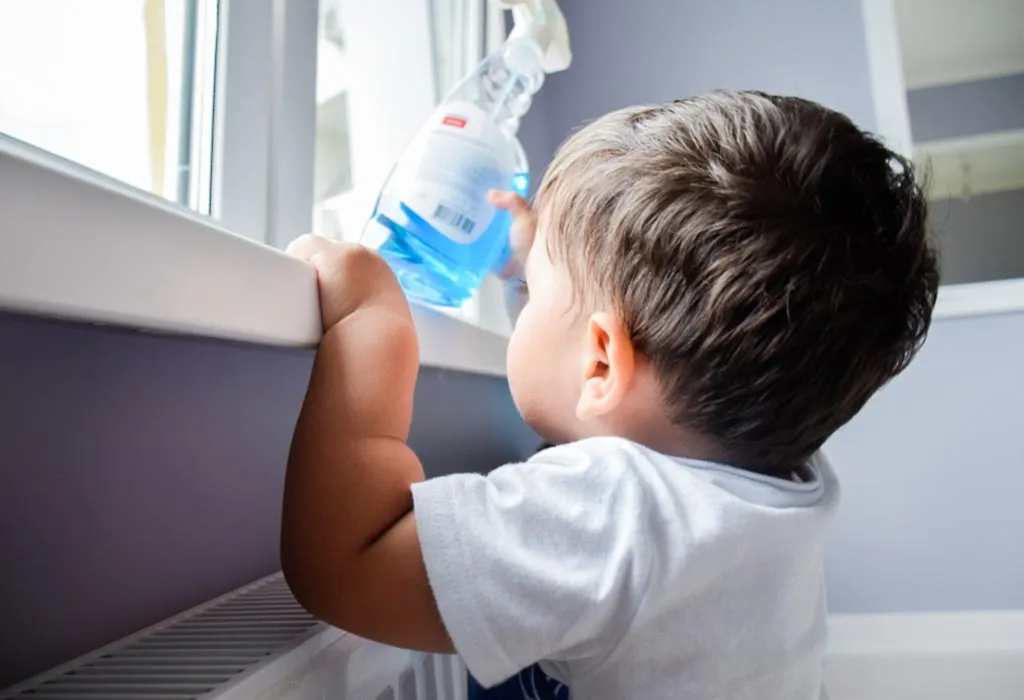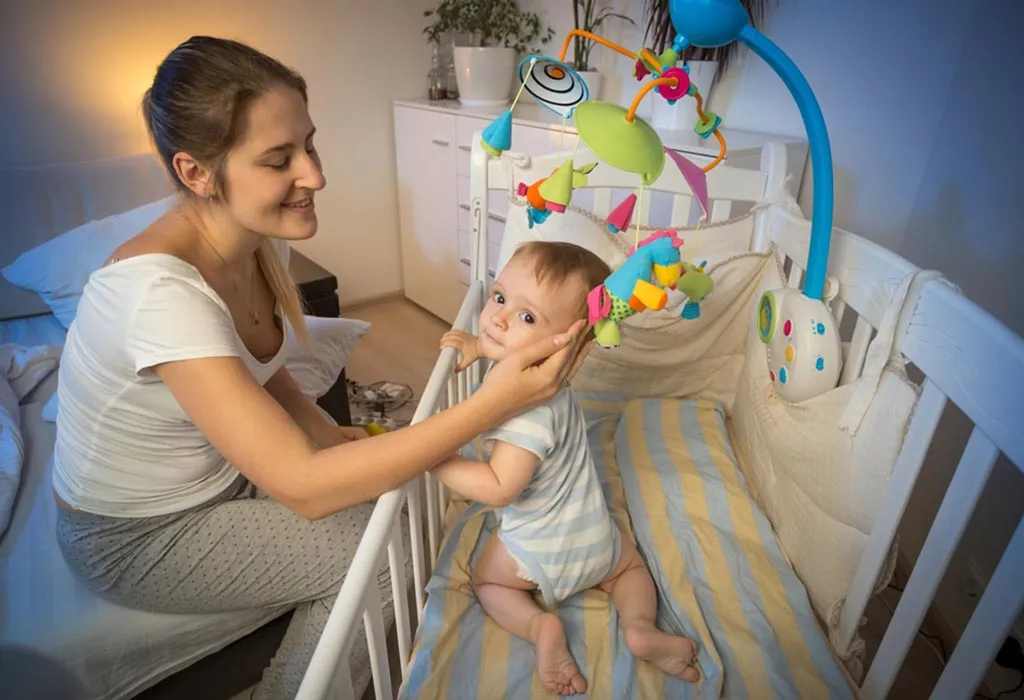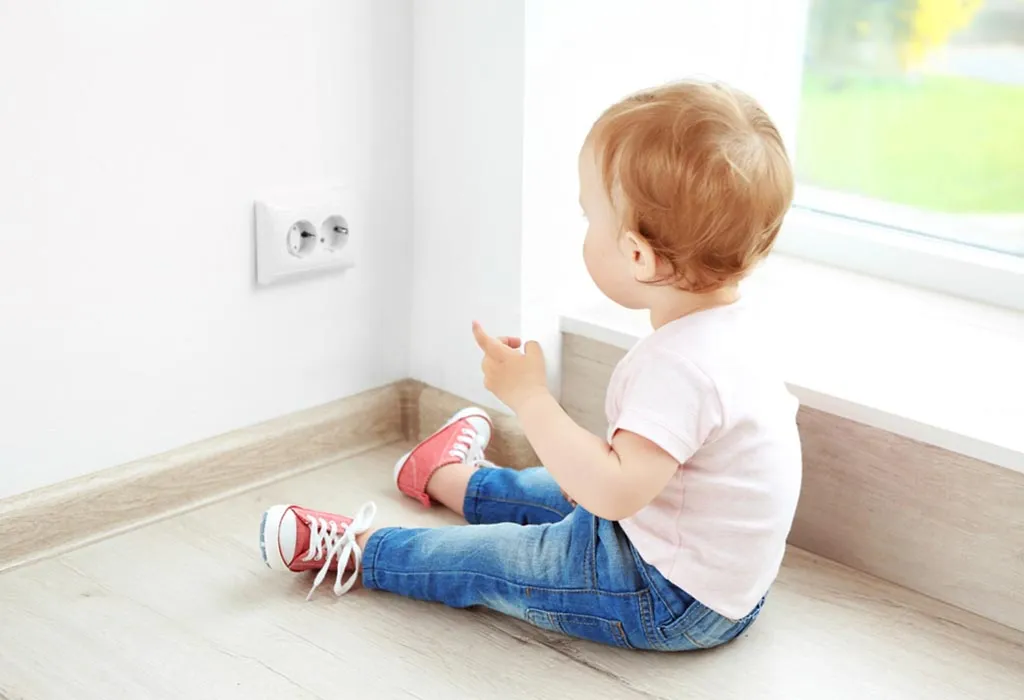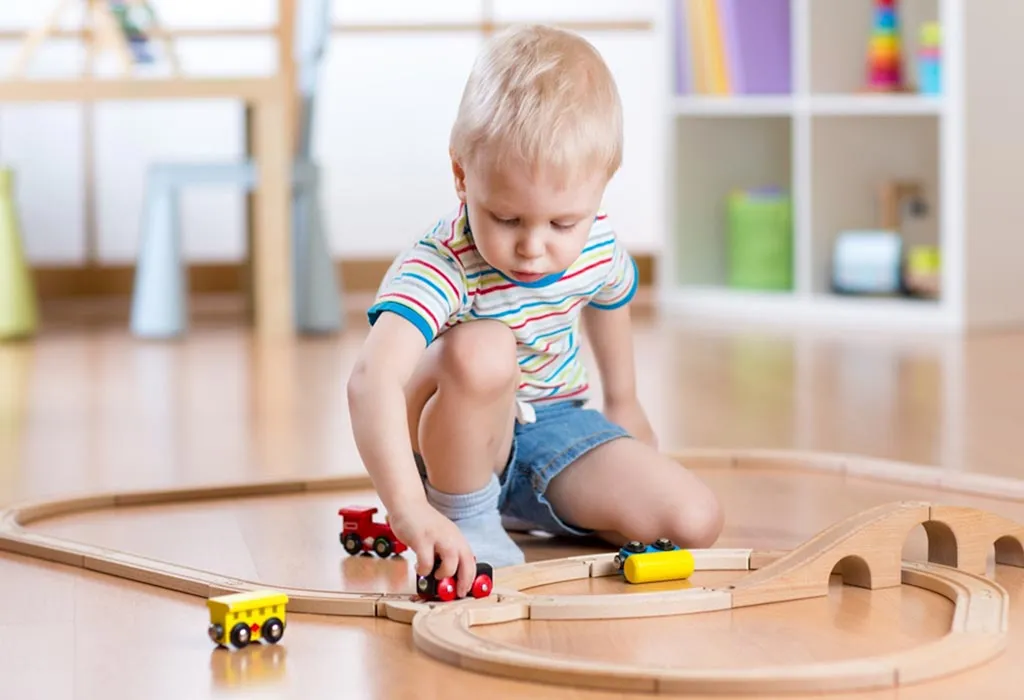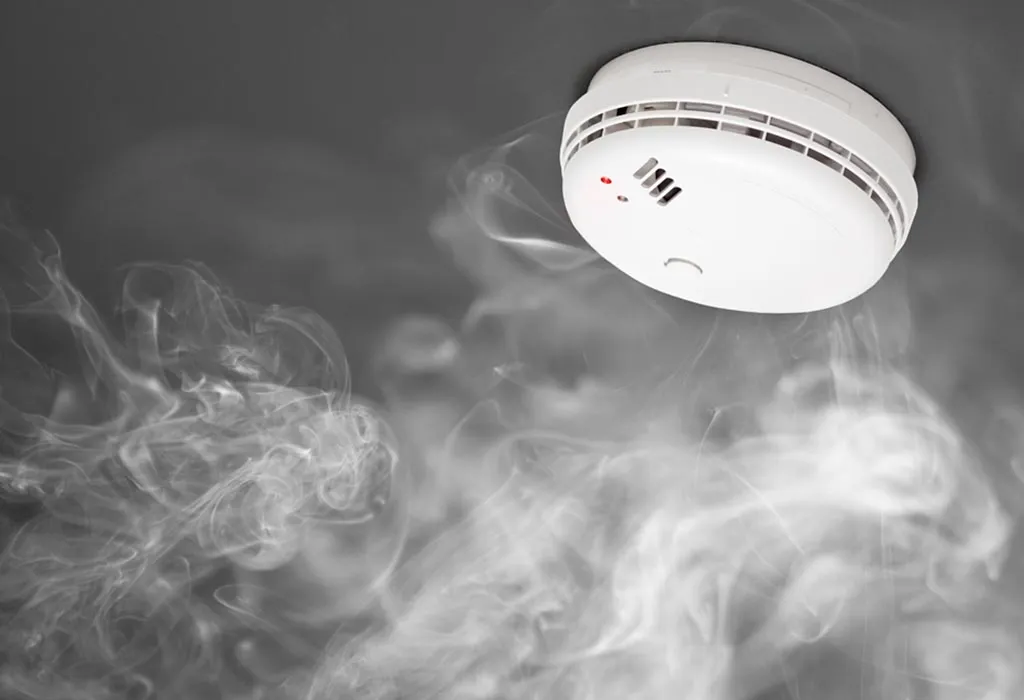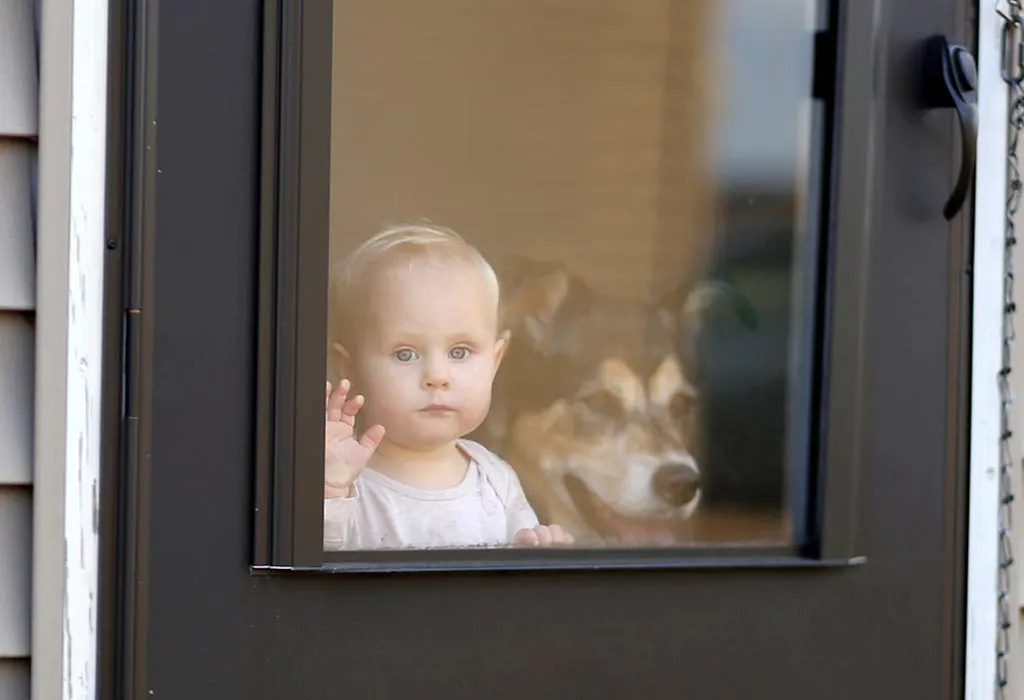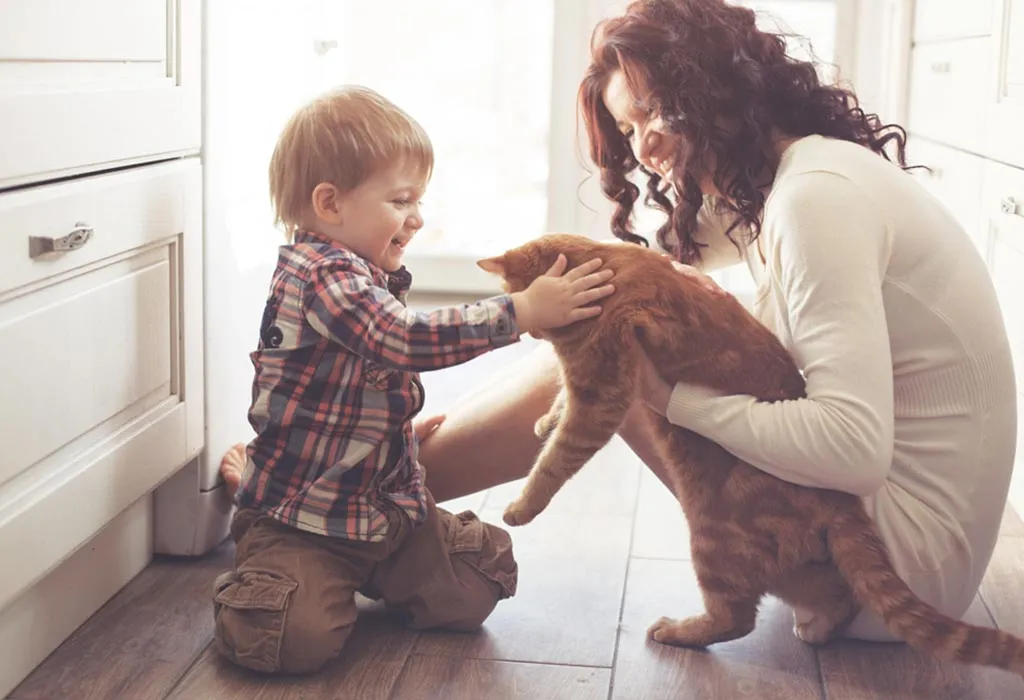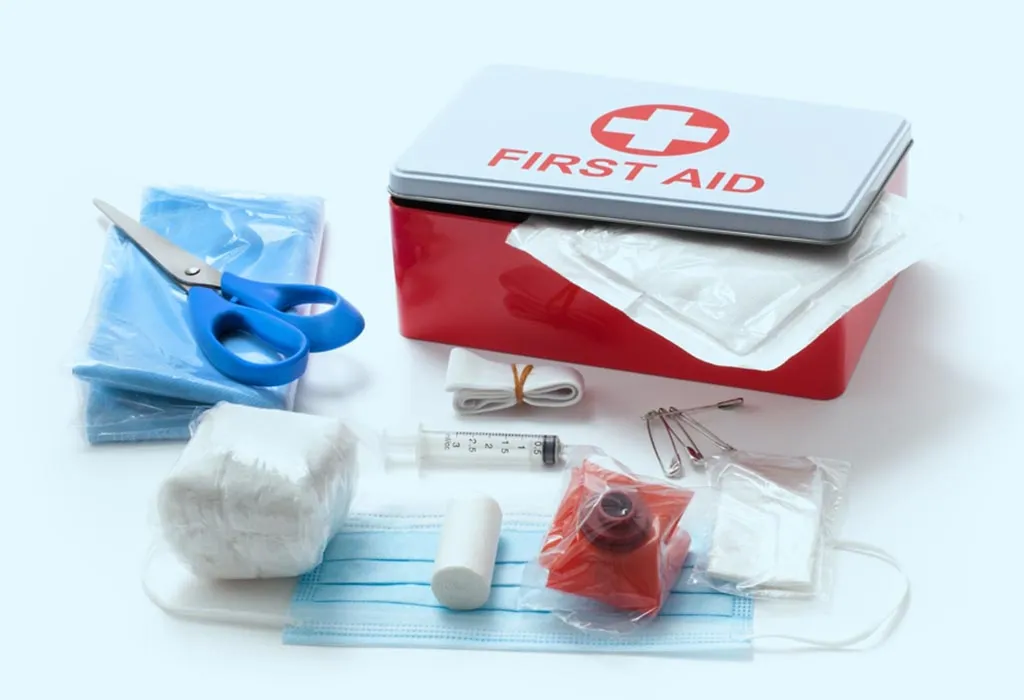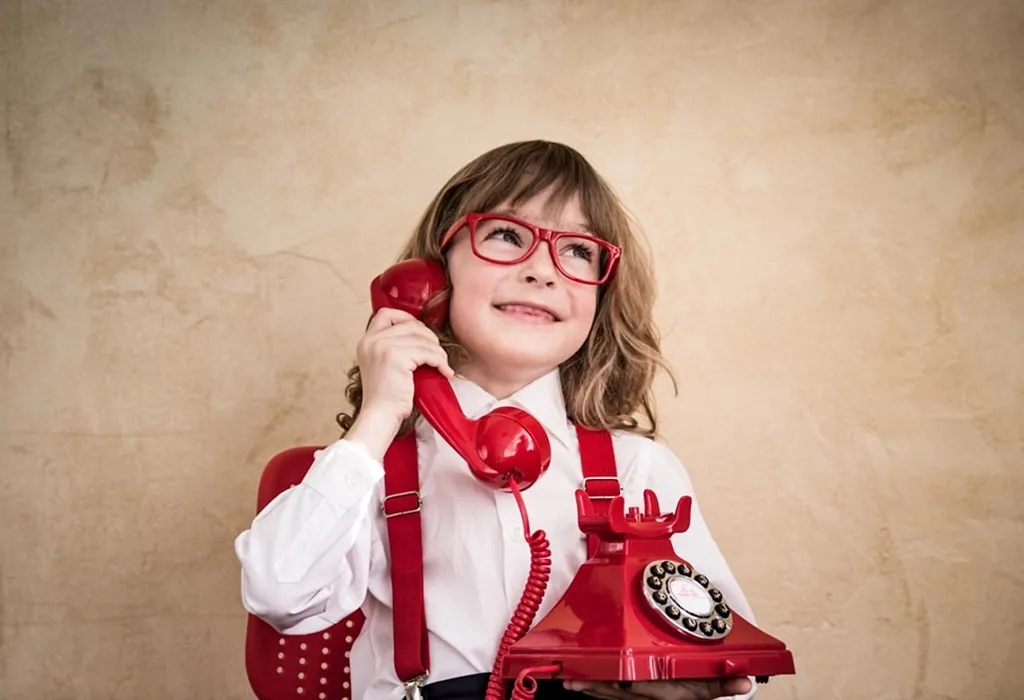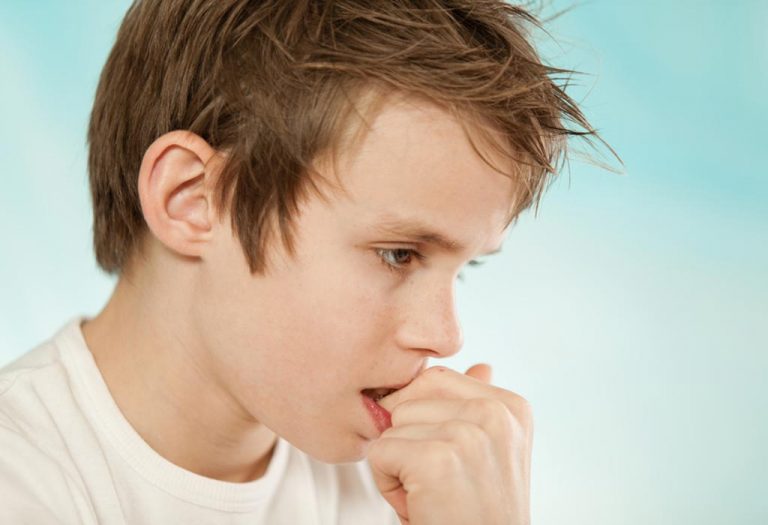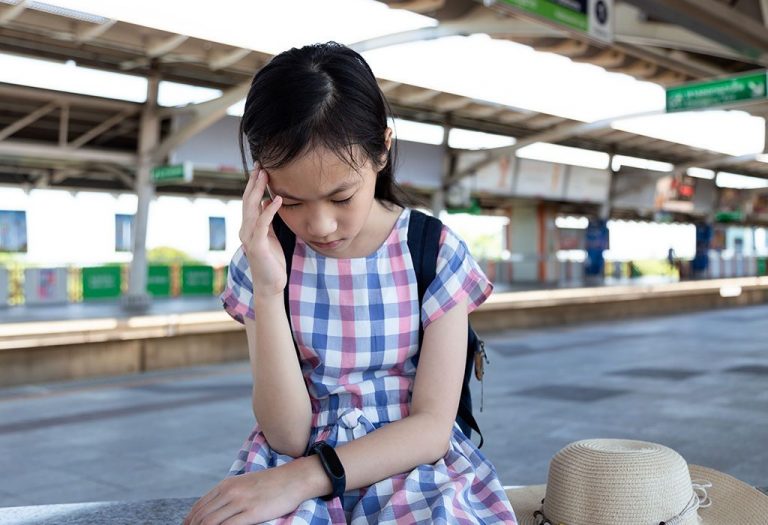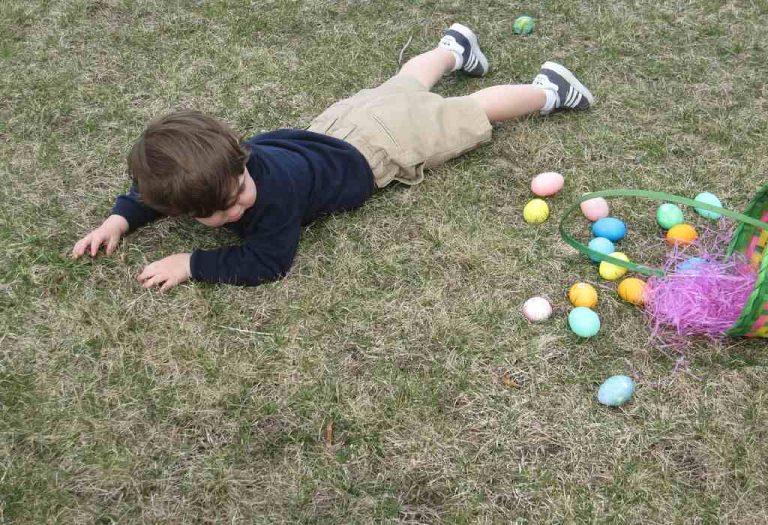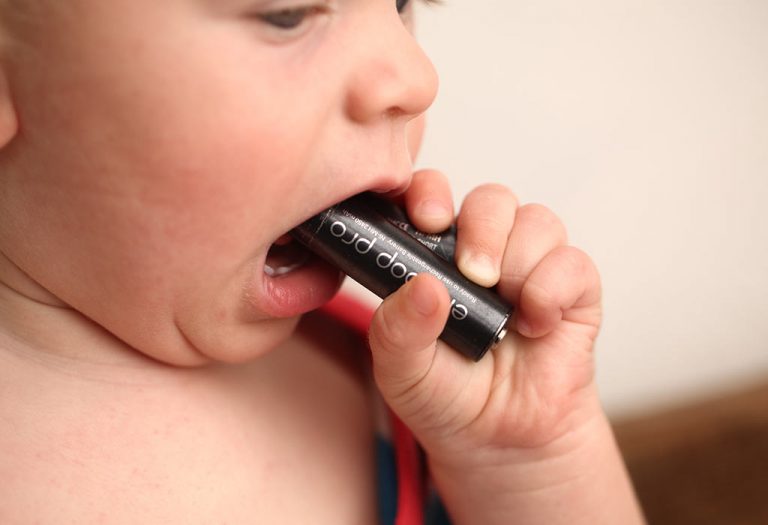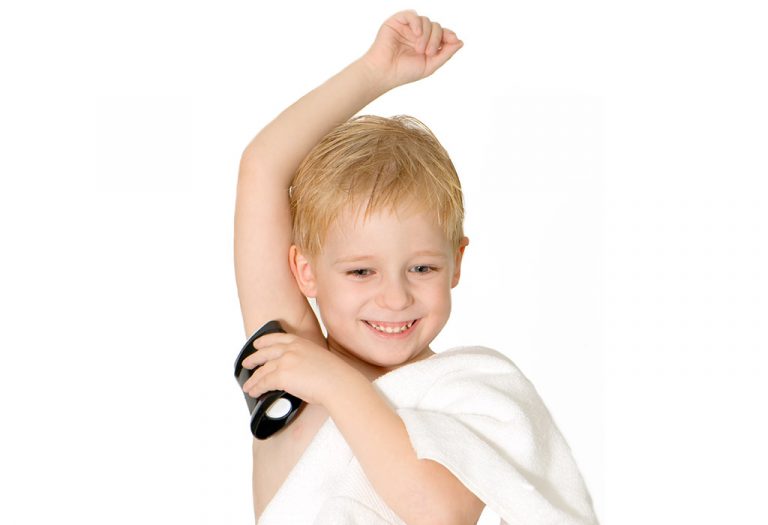15 Top Safety Rules for Kids at Home
A home is the safest place your child can ever be in the world. However, that does not mean that they won’t be harmed inside it as a result of their own actions. At certain times, if your child is alone at home, you have to ensure that safety measures at home for children are properly in place. In order for you to have a sense of calm and the children to be secure as well, there are certain safety rules at home for children that could be followed. These rules help in preventing accidents and ensuring that children know what to do in case of an emergency. Read on for our list of safety rules at home for kids.
15 Home Safety Tips for Kids
Here are some safety tips you need to follow for kids at home.
1. Kids Should Never be Alone in Water
Playing in water is a fun activity for toddlers as well as kids. But, leaving them completely unsupervised in your play pool or even in the bathtub is not a wise decision. Unintended actions may result in consequences such as drowning or hurting themselves. Avoid leaving them unattended even if you simply have to rush inside to grab your phone (1).
2. All Solutions and Chemicals Should Be Out of Reach
Kids are inquisitive by nature. And sometimes, curiosity may kill the cat. Given that many detergents and pesticides have an alluring odour, your child’s curiosity might get the better of them as they start meddling with the bottles and containers. They could erroneously inhale harmful vapours or even consume them. It’s best to keep all these locked in a cabinet or on a high shelf well out of reach of the kids.
3. Sleeping Area of Your Child Should Be Clutter-Free
There is a tendency to fill a child’s room, especially their bed, with lots of pillows, soft toys, blankets, etc. In case of an infant, they do not have strength or control over their actions and could pull up all these objects onto themselves. Buried under blankets, pillows, and soft toys could lead them to suffocate. Ensure all blankets and bedsheets are securely attached to the bed. Keep the toys away from the bed and keep only a couple of them next to your baby for them to play with (2).
4. All Electrical Outlets Should Be Childproofed
Here’s another case for prevention against inquisitive kids. Electrical outlets, with their plug points and holes, are an invitation for kids to mess around with and stick their fingers in. Moreover, unattended devices and cables could lead them to play around with and stick them in their mouths. All these could create a fatal scenario for your kid. Primarily, make sure your home is properly grounded. Cover all sockets with integrated covers at all times (3). Educate your kids about electricity and the dangers that come with it.
5. Miniature Items and Small Toys Should Be in Secure Locations
With their ability to explore at an all-time high, kids want to grab anything the see and put it in their mouths. While they may hold it firmly, at times, objects may slip into their mouths. And if they are small enough, they might get lodged in their throat, causing them to choke on it. Avoid keeping any such toys or showpieces in easy reach of the kid. And not just toys, but be extra careful when giving your kid small pieces of food to eat as well; make sure that they are small enough for them to swallow.
6. Smoke Alarms Are the Best Pre-Emptive Prevention
Out of all hazards, fire is considered the most dangerous of them. In case of fire, there is smoke which can quickly lead to suffocation, rendering people unconscious, and susceptible to fire. According to the National Fire Protection Association, installing a smoke alarm makes you aware of such scenarios and helps you counter them as soon as possible (4). The moment the alarm sounds, it’s best to get all kids and children outside the house first, to save them if the fire quickly builds up and stops all escape routes.
7. Ensure All Openings of Your Home Are Secured
While they move around the house, kids may not always be aware of where they are and how a door might open or close. Chances are they might get their fingers stuck in the gaps of the door. Or if they want to gaze down from a higher floor and end up accidentally opening the bedroom window. It’s best to have preventive locks on all doors that are secure and cannot be opened easily. If your house has a staircase, install a barrier at the base of it to prevent your kid from crawling upstairs.
8. Interacting With Pets Needs to Be Handled With Care
Pets quickly get friendly with babies, and kids have a general demeanour of care and affection towards them. But, pets have a mind of their own and won’t always like your behaviour towards them. Kids and children are highly susceptible to not recognising this and may end up treating the pet as a toy. Advise them to maintain distance from the pet when they start making noise or feel uncomfortable. Ask them to never disturb the pet while they are having their food, or startle them while they are sleeping. And, in no case, should you leave your kid alone with your pet.
9. Always Keep a First Aid Kit Easily Accessible
No matter the number of precautions and preventive measure one might undertake, accidents tend to happen. The only course of action you can take is to be ready in such cases. Learn the basics of CPR to revive your kid’s breathing if they start choking or fall unconscious. Keep a first aid kit ready with bandages, creams, burn lotions, bite antidotes, and anything that you think might be needed on an urgent basis (5). If you have a local doctor or a person who is good at rendering medical aid, keep their contact details in the first aid box so that you can quickly get in touch with them.
10. Be As Vigilant As You Can
A stronger way to prevent accidents is to keep the eyes and ears open. You can’t give up everything and observe every activity your kid undertakes. But, do check in with them from time to time. If your kid is grown up, do call them up regularly to check how things at home are. If you hear any suspicious sound or noise, give them immediate instructions to prevent any untoward incident.
11. Install Safety Gates
If you have stairs in your home, installing safety gates at the top and bottom can prevent young children from accidentally falling. Ensure the gates are sturdy and secure, and teach older children how to use them properly (6).
12. Keep Medications Out of Reach
Medications can be extremely dangerous if ingested by children. Store all medicines, including vitamins and supplements, in a locked cabinet. Educate children about the dangers of taking medicine without adult supervision.
13. Use Window Guards and Stops
To prevent falls, especially in multi-story homes, install window guards and stops. Ensure that windows cannot be opened more than a few inches and that guards are strong enough to withstand a child’s weight.
14. Secure Heavy Furniture
Heavy furniture like bookshelves, dressers, and televisions can tip over if climbed on. Anchor these items to the wall to prevent them from toppling over and causing serious injury (7).
15. Supervise Outdoor Play
If you have a backyard or outdoor play area, make sure it is safe and secure. Regularly check for hazards such as sharp objects, holes, or unsafe equipment. Supervise children closely to prevent accidents and injuries.
Now that you know some of the top rules to keep your kids safe at home, here are a few things you should have to ensure their safety:
Things You Must Have to Keep Your Kids Safe at Home
- Covers for Electrical Points – These covers will keep the electrical points out of reach and help prevent accidents.
- Cord Wind-Ups – Cord wind-ups can be used to wind any loose wires you may have lying in the house and save your kids from tripping over them or getting strangled by them.
- Foam Door Stoppers – Door stoppers made of foam can be easily fitted on the doors and help prevent the doors from getting slammed on the fingers when the kids are running around the house.
- Covers for the Doorknobs – Ensure you get covers for all the doorknobs your baby can access in the house to prevent him from getting locked in.
- Finger Guard Strips Doors – These strips cover the gap where kids are most likely to get their fingers stuck in. These strips cover the gap between the door and the hinge of the door and avoid occurrences of your kid’s fingers getting trapped in them.
FAQs
1. How can I teach my child about stranger danger at home?
Teaching your child about stranger danger involves educating them on who is safe and who is not. Explain to them that they should never open the door for someone they do not know, even if the person says it’s an emergency. Role-playing different scenarios can help them understand and practice what to do if a stranger approaches them at home.
2. What should I do if my child fears safety drills?
Some children might feel anxious about safety drills, such as fire or earthquake drills. To help them cope, explain the purpose of these drills in a calm and reassuring manner. Practice the drills regularly to make them feel more familiar and less scary. Encourage them to ask questions, express their fears, and address their concerns with understanding and support.
3. How can I ensure my child’s safety when using smart home devices?
With the increasing use of smart home devices, it’s important to consider your child’s safety and privacy. Make sure to set strong passwords and regularly update them. Educate your child on not interacting with unknown voices or instructions from smart devices. Monitor the usage of these devices and turn off unnecessary features that might compromise security.
Exploration and curiosity drive kids to move around the house and experiment with everything they see. We, as parents, have to ensure their well-being in this journey. By caring for the basic things, we can continue living our lives without fear and let the kids discover the world for themselves.
References/Resources:
1. 5 Bathroom Safety Tips for Infants & Young Children; American Academy of Pediatrics; https://www.healthychildren.org/English/safety-prevention/at-home/Pages/Bathroom-Safety.aspx
2. Hoyniak. C, Bates. J, Camacho. M, McQuillan. M, et. al.; The Physical Home Environment and Sleep: What Matters Most for Sleep in Early Childhood (Journal of Family Psychology); National Library of Medicine; https://ncbi.nlm.nih.gov/pmc/articles/PMC9747092/; August 2022
3. Child safety – at home; Better Health Channel; https://www.betterhealth.vic.gov.au/health/healthyliving/child-safety-at-home
4. Smoke Alarm Information; National Fire Protection Association; https://www.nfpa.org/education-and-research/home-fire-safety/smoke-alarms
5. First aid kits; Better Health Channel; https://www.betterhealth.vic.gov.au/health/conditionsandtreatments/first-aid-kits
6. Baby Gates; Nationwide Children’s Hospital; https://www.nationwidechildrens.org/research/areas-of-research/center-for-injury-research-and-policy/injury-topics/home-safety/baby-gates
7. Secure Your Space; Central United States Earthquake Consortium; https://cusec.org/earthquake-safety-preparedness/before-an-earthquake/1-secure-your-space/
Also Read:
Safety rules for Kids at School
Internet Safety Tips for Kids
Road Safety Rules to Teach Your Child
Important Beach Safety Tips for Kids
Important Fire Safety Rules for Kids That You Must Teach Them
Was This Article Helpful?
Parenting is a huge responsibility, for you as a caregiver, but also for us as a parenting content platform. We understand that and take our responsibility of creating credible content seriously. FirstCry Parenting articles are written and published only after extensive research using factually sound references to deliver quality content that is accurate, validated by experts, and completely reliable. To understand how we go about creating content that is credible, read our editorial policy here.





